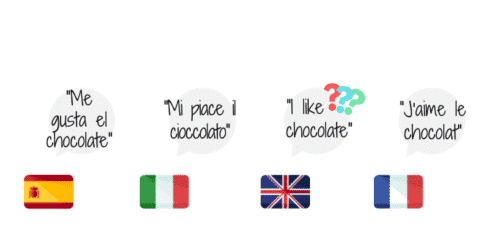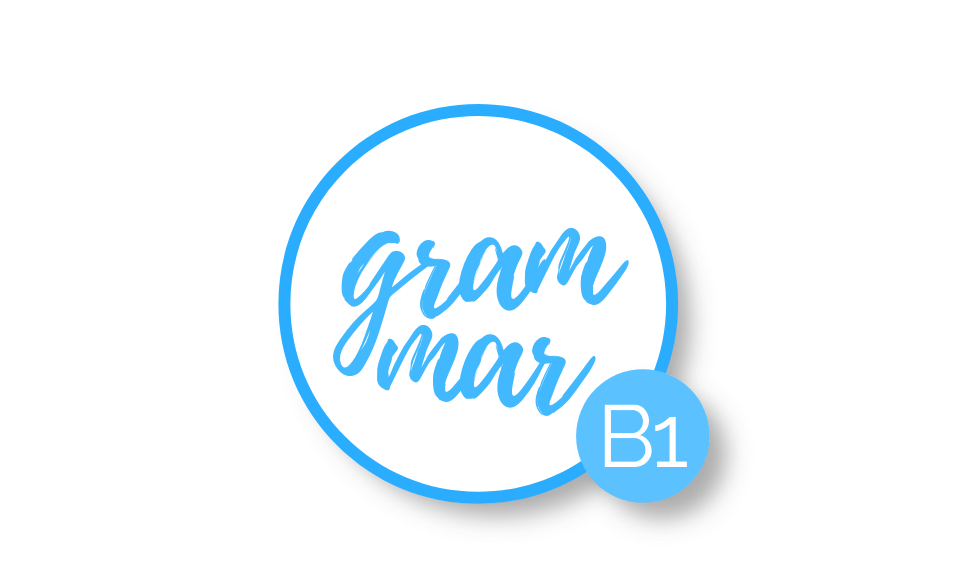En esta lección vamos a ver todos los usos avanzados y excepciones del artículo determinado the en inglés.
Te recomiendo que si tienes alguna duda sobre el funcionamiento básico del artículo determinado the en inglés, consultes la lección para beginners, que tiene la explicación general y los conocimientos previos que necesitas para entender esta lección de nivel intermediate.
El artículo determinado the no se usa nunca en inglés cuando se está hablando en general —los perros son muy listos, los suecos son muy altos… Algo que no pasa en la mayoría de idiomas europeos, dónde sí se usa.

Esta regla del inglés que obliga a omitir the cuando se habla en general podemos encontrarla en muchas situaciones diferentes, que a modo de resumen son
Por desgracia, todas estas situaciones tienen varias excepciones y usos avanzados que tenemos que ir aprendiendo con la práctica. Vamos a ver cuáles son las reglas y excepciones del artículo determinado the en inglés.
no se usa el artículo determinado
1 No se usa delante de sustantivos indefinidos en plural, es decir, cuando se habla en general.
| I like cats |
| Women are more caring than men |
| English people are tall |
Sí se usa el artículo determinado cuando se especifica.
| I like the cats that you have at home |
| The women who live here are more caring than I had anticipated |
| The English people from the North are the tallest |
2 No se usa delante de los nombres propios —tampoco en español.
| I told Mary who then told William |
| She bought a scarf for her girlfriend Alice |
salvo
Delante de apellidos en plural, para referirse a toda la familia.
| The Johnsons = The Johnson family |
| The JSimpsons = The Simpson family |
Para distinguir a dos personas.
| A — We have two Mr Johnsons working here. Which one are you looking for? |
| B — I am looking for the Mr Johnson who works in sales |
No se usa the delante de título + nombre, pero sí se usa solo con el título.
| Captain Haddock is Tintin’s sidekick |
| The captain commanded to sail off immediately |
| Dr. Martin lives nearby |
| The doctor lives nearby |
3 No se usa delante de sustantivos abstractos.
| Children fear darkness |
| I need to find accommodation for my trip to Vegas |
| We all are equal in death |
| Men are interfering with nature too much |
salvo
Cuando se usan con un sentido particular.
| The darkness in the top floor scared my nephews |
| The accommodation provided by the company was outstanding |
| The death of the astronaut shocked everybody |
| The nature of his actions is still unclear |
4 No se usa delante de home.
| I’m going home |
| They went home earlier yesterday |
salvo
Si está precedida o seguida de una descripción.
| I went to the beautiful home he owns |
| They went to the home that used to belong to my dad |
5 No se usa delante de sustantivos que pueden referirse tanto a un lugar como a una actividad, cuando se usan o visitan para su propósito principal.
| go to church | to pray | go to market | to sell / buy |
| go to school | to study | go to hospital | to be treated |
| go to college | to study | go to prison | to be punished |
| go to bed | to sleep | go to court | to be judged |
| go to sea | to sail | go to work | to work |
| be at church | as worshipers | be at market | as sellers / buyers |
| be at school | as students | be at hospital | as patients |
| be at college | as students | be at prison | as prisoners |
| be at bed | as sleepers | be at court | as litigants |
| be at sea | as sailors | be at work | as workers |
salvo
Cuando cuando vamos a estos sitios a hacer otra cosa, que sí llevan the.
| I go to church (to pray) every day |
| I went to the church to admire the stained glass |
| My children are at school right now |
| My husband is at the school watching our children singing carols |
| She went to prison for her crime |
| She went to the prison to visit her sister |
| He went to bed (to sleep) |
| He went to the bed to jump on it |
Hay otros sustantivos similares que siempre llevan the delante.
| the cathedral | the office |
| the cinema | the theater |
| I go the the cathedral to pray every day | |
| I went to the cathedral to admire the stained glass |
6 No se usa delante de partes del cuerpo y la ropa, porque normalmente llevan un posesivo.
| I hurt my arm while playing football |
| Her dress is so beautiful |
| The dog bit Mary’s leg |
| The dog bit Mary on her leg |
| I patted him on the shoulder |
| I patted his shoulder |
| He cut himself in the hand |
| He cut his hand |
Las partes del cuerpo y la ropa pueden llevar el artículo determinado the delante, pero nunca cuando se refieren al cuerpo o la ropa de una persona, sino a la palabra en general.
| The human hand was key to our success as a species |
| I’m buying the skirt we eyed yesterday |
Si tienes dudas sobre si poner el artículo o no, siempre puedes sustituirlo por un adjetivo posesivo —my, your, his, her, its, our, your, their— o un demostrativo —this, that, these, those.

